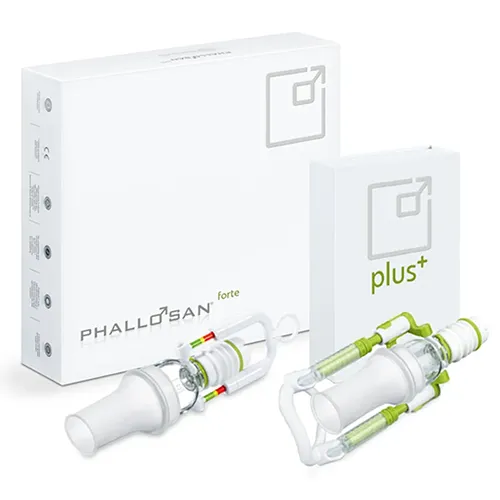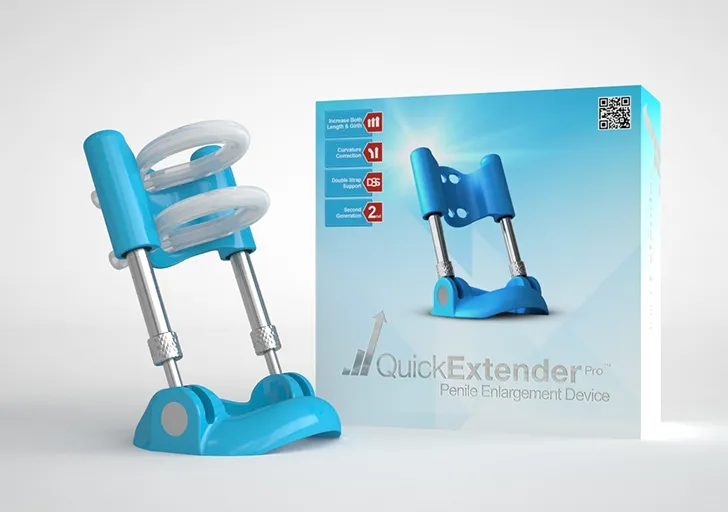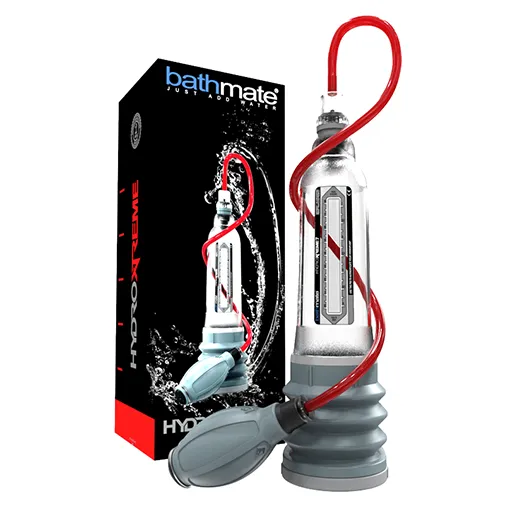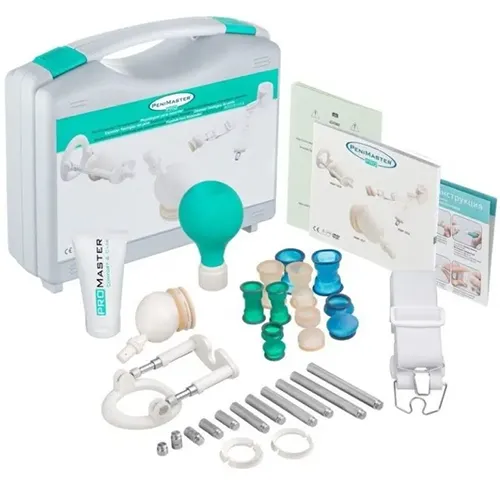
Pumps 101 — Sizing, Pressure Windows & Edema Control
Vacuum training can be a valuable tool when done correctly. This guide covers safe sizing, pressure ranges, and how to manage fluid retention for consistent, healthy results.
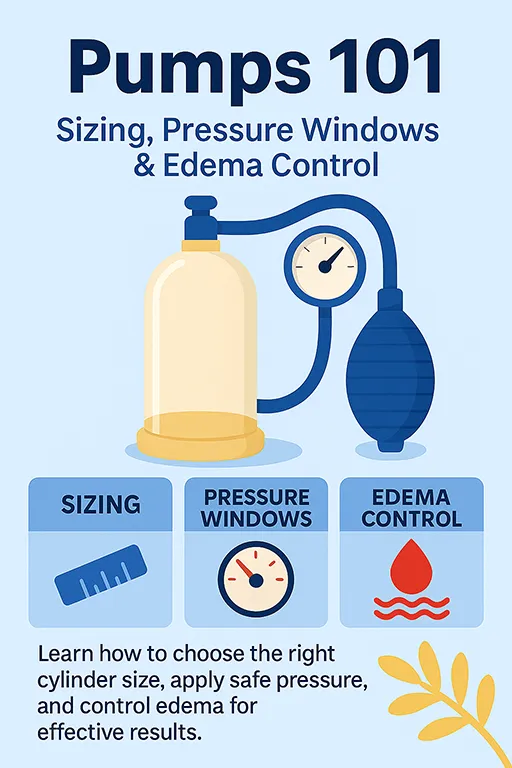
1) Understanding Pumping Basics
Pumping works by creating negative pressure around the shaft, drawing blood into the erectile chambers and expanding tissue temporarily. Over time, consistent and gentle use can improve vascularity and tissue elasticity — but only within safe limits.
Goal: mild, controlled expansion — not maximum suction. Comfort and consistency matter more than intensity.
2) Cylinder Sizing
- Choose a cylinder with ~0.25–0.5 inch (6–12 mm) extra internal diameter compared to your mid-shaft erect girth.
- Too tight = painful compression and uneven pressure.
- Too loose = air leaks and poor seal quality.
Example: if your erect girth is 5.0", a 5.25–5.5" inner circumference cylinder is ideal.
3) Pressure Windows (Safe Vacuum Range)
| Experience Level | Pressure (inHg) | Duration |
|---|---|---|
| Beginner | 3–5 inHg | 5–10 minutes |
| Intermediate | 5–7 inHg | 10–15 minutes |
| Advanced | 7–9 inHg | 15–20 minutes (split sets) |
Do not exceed 10 inHg. Higher vacuum increases risk of vessel rupture and discoloration.
4) Edema (Fluid Build-Up) Control
- Swelling is caused by lymphatic fluid accumulation under skin layers, usually from excessive vacuum or time.
- Solutions:
- Use shorter sessions (split into 2–3 sets instead of 1 long one).
- Stay within the safe pressure window.
- Apply mild compression or cool wrap post-session.
A slight donut effect can occur in longer sessions — reduce time and pressure next round to prevent it.
5) Tapering and Routine Integration
Gradually reduce session frequency as gains stabilize. Avoid stopping abruptly after a period of intense training; instead, use a tapering phase (every other day, then twice weekly).
- Helps maintain vascular tone.
- Prevents rebound edema.
- Allows tissue recovery.
Combine pumping with proper warm-up and manual stretches for best results.
6) Safety Checklist
- Always warm up 5–10 min before pumping.
- Never use pain or dark discoloration as “progress” indicators.
- Clean and inspect equipment before use.
- Give at least 24 hours rest between moderate or high-intensity sessions.
Stop immediately if you experience numbness, pain, or persistent swelling.
Published: · Category: Devices & Integration · Tags: #PumpTraining #Safety #EdemaControl
